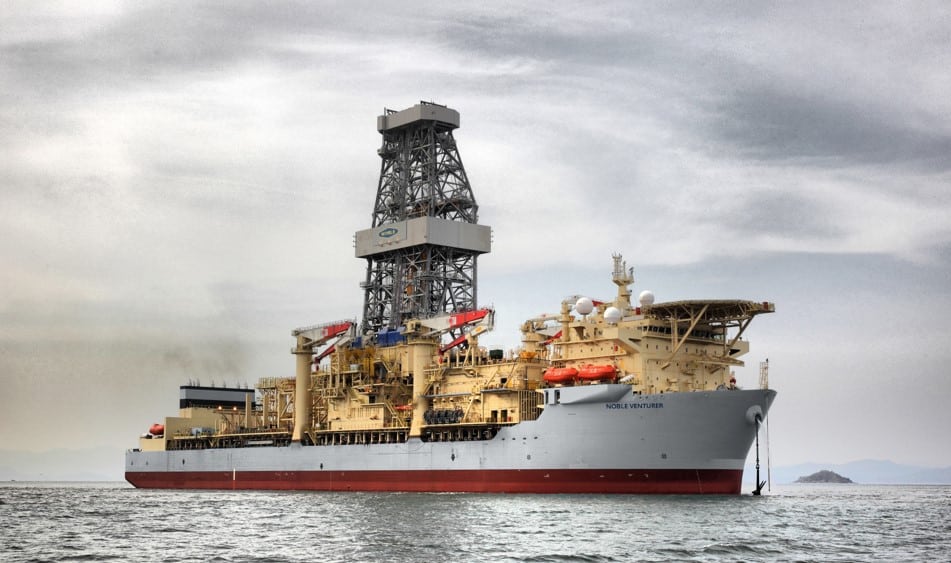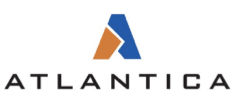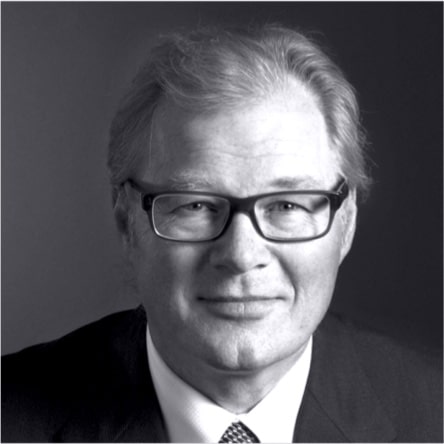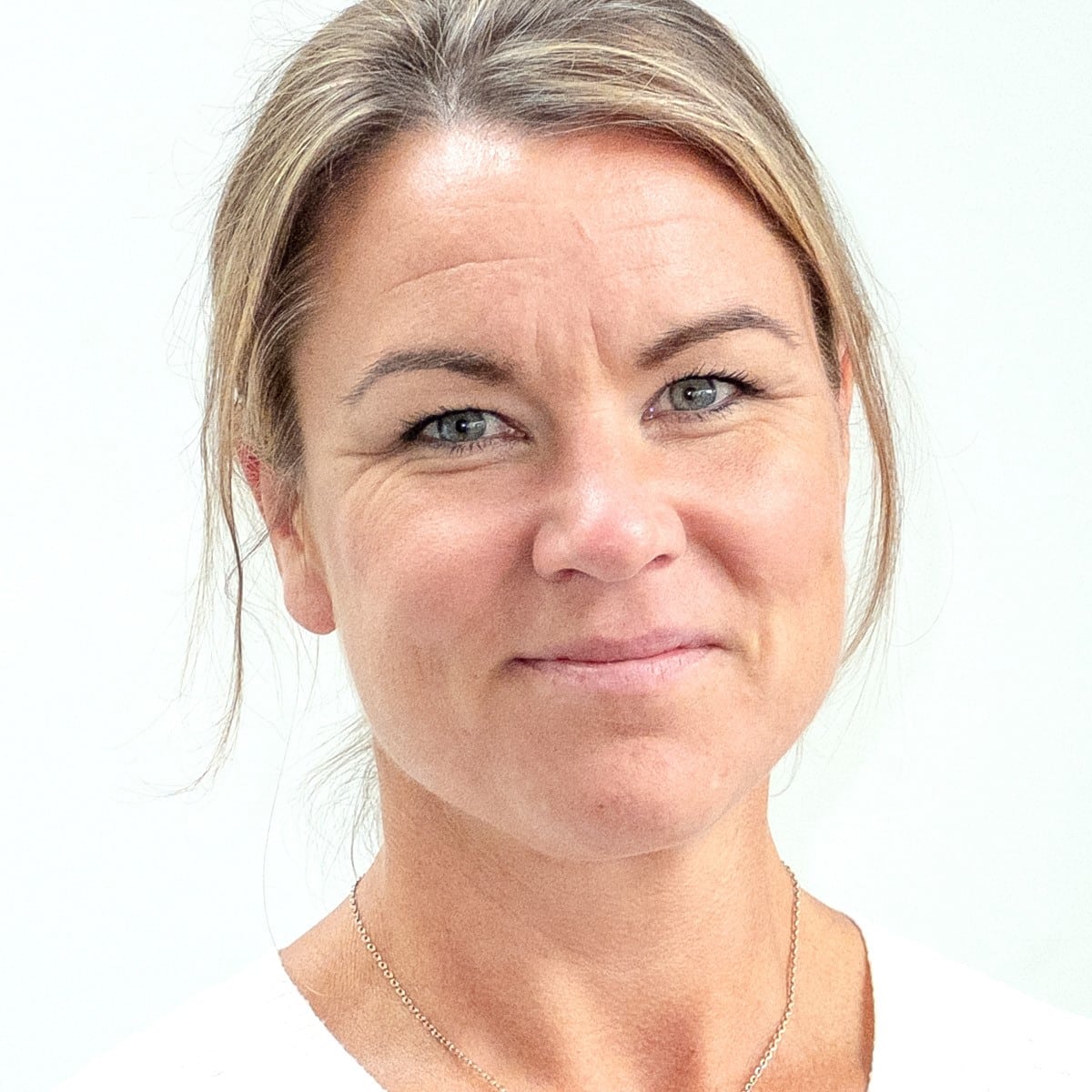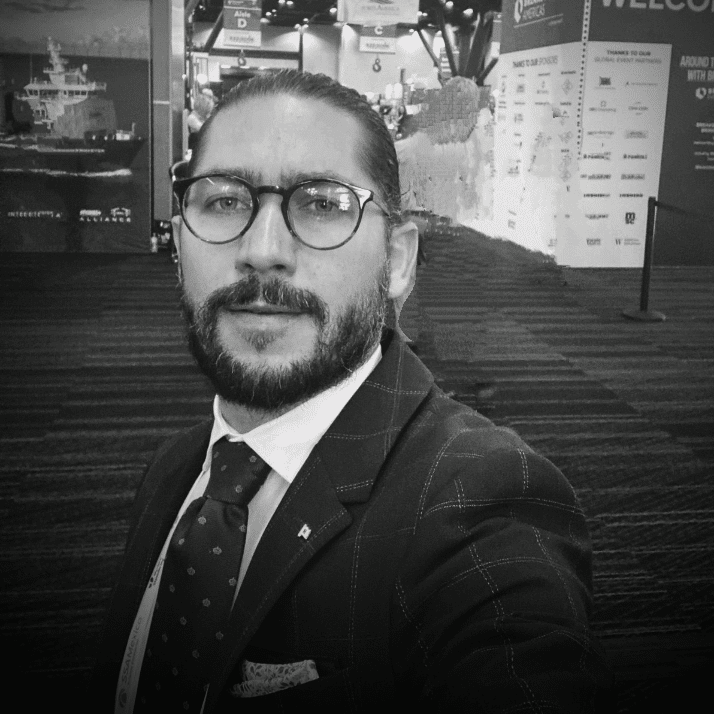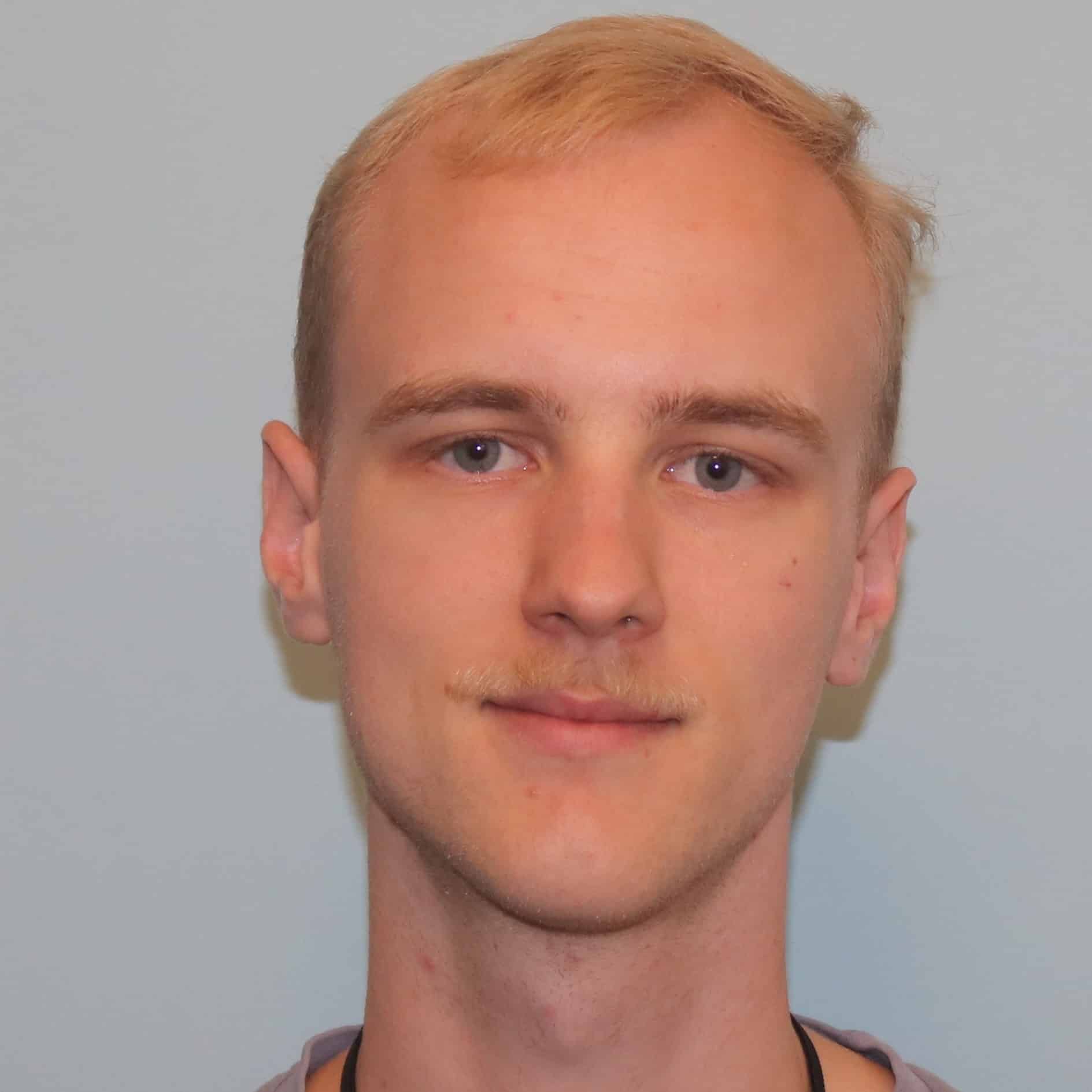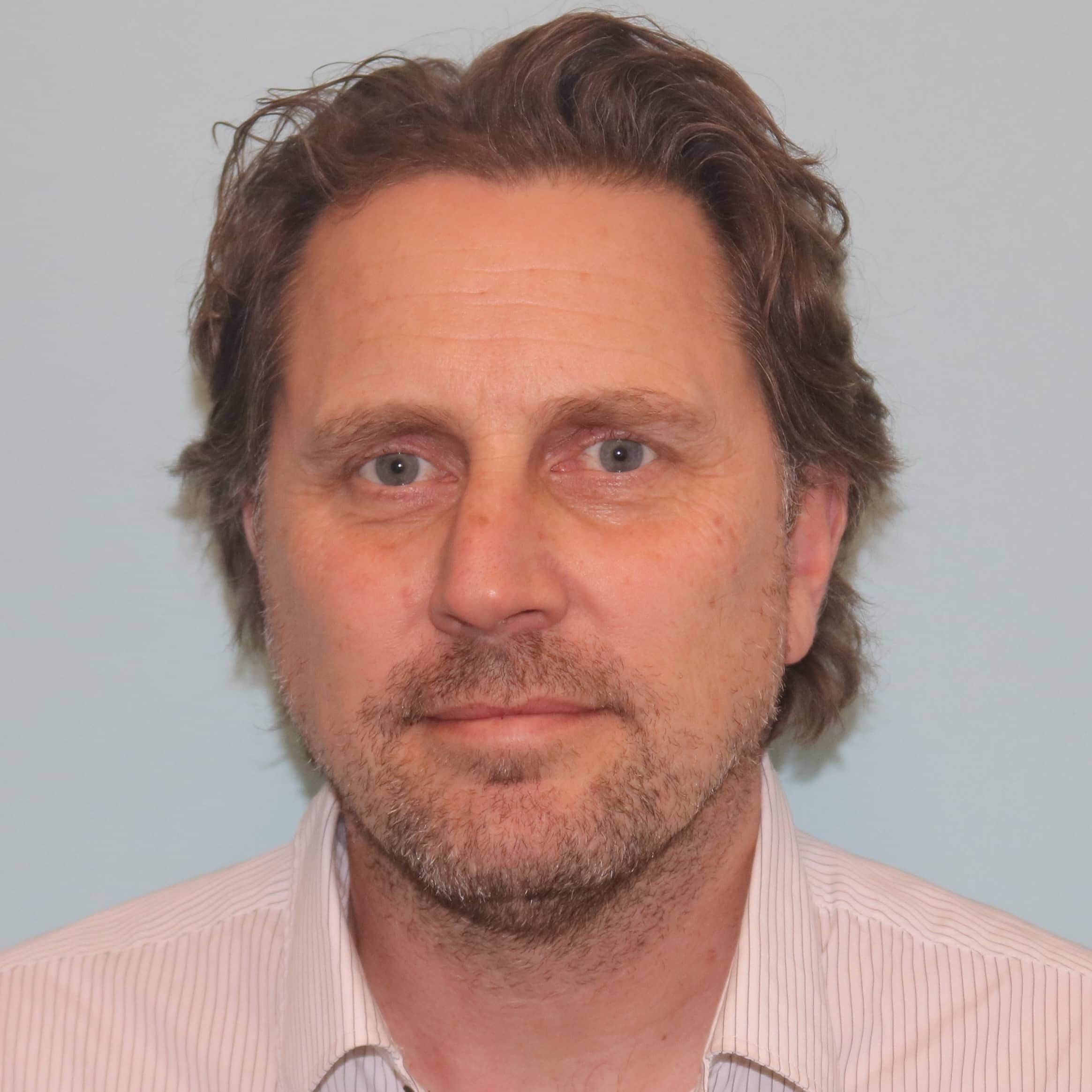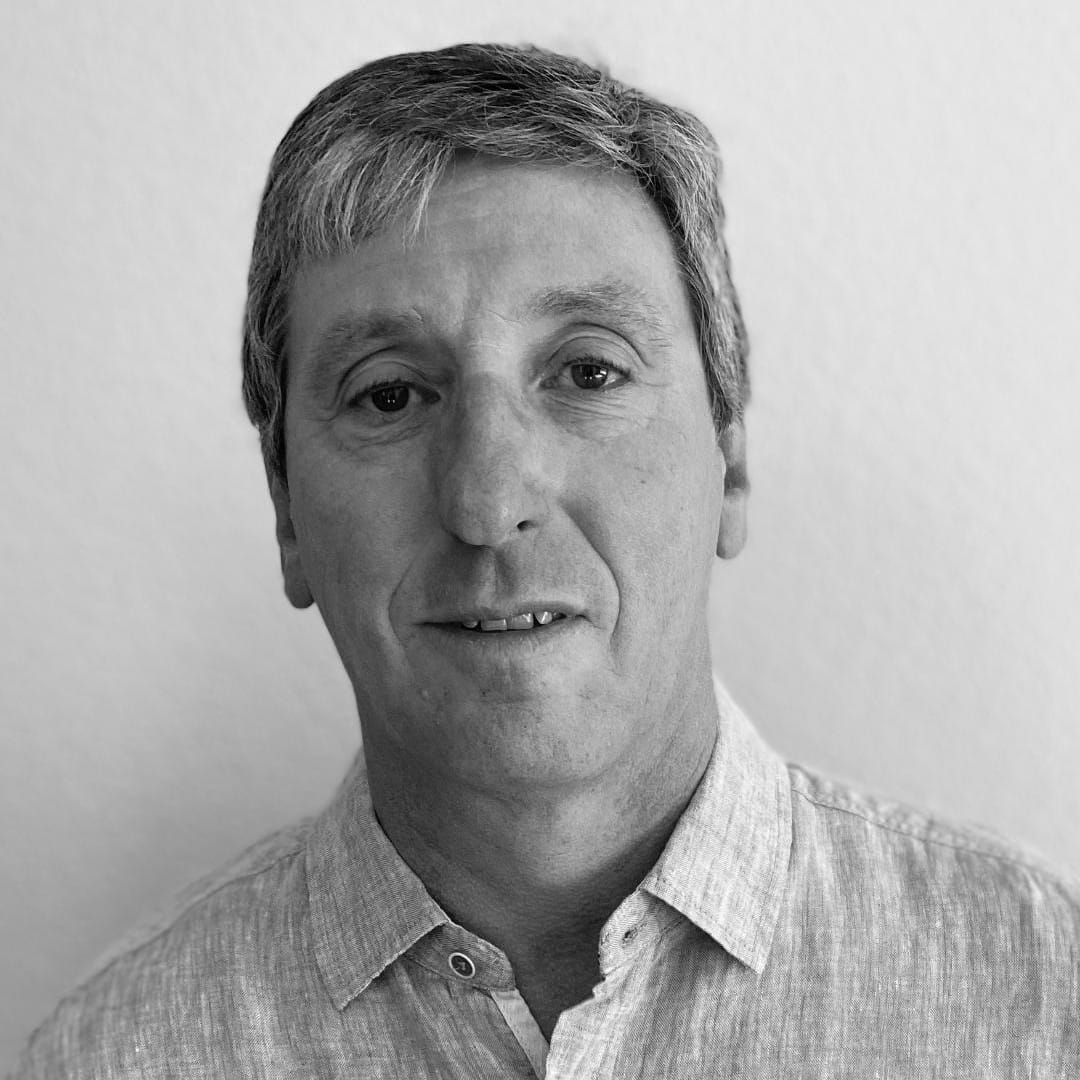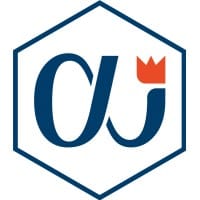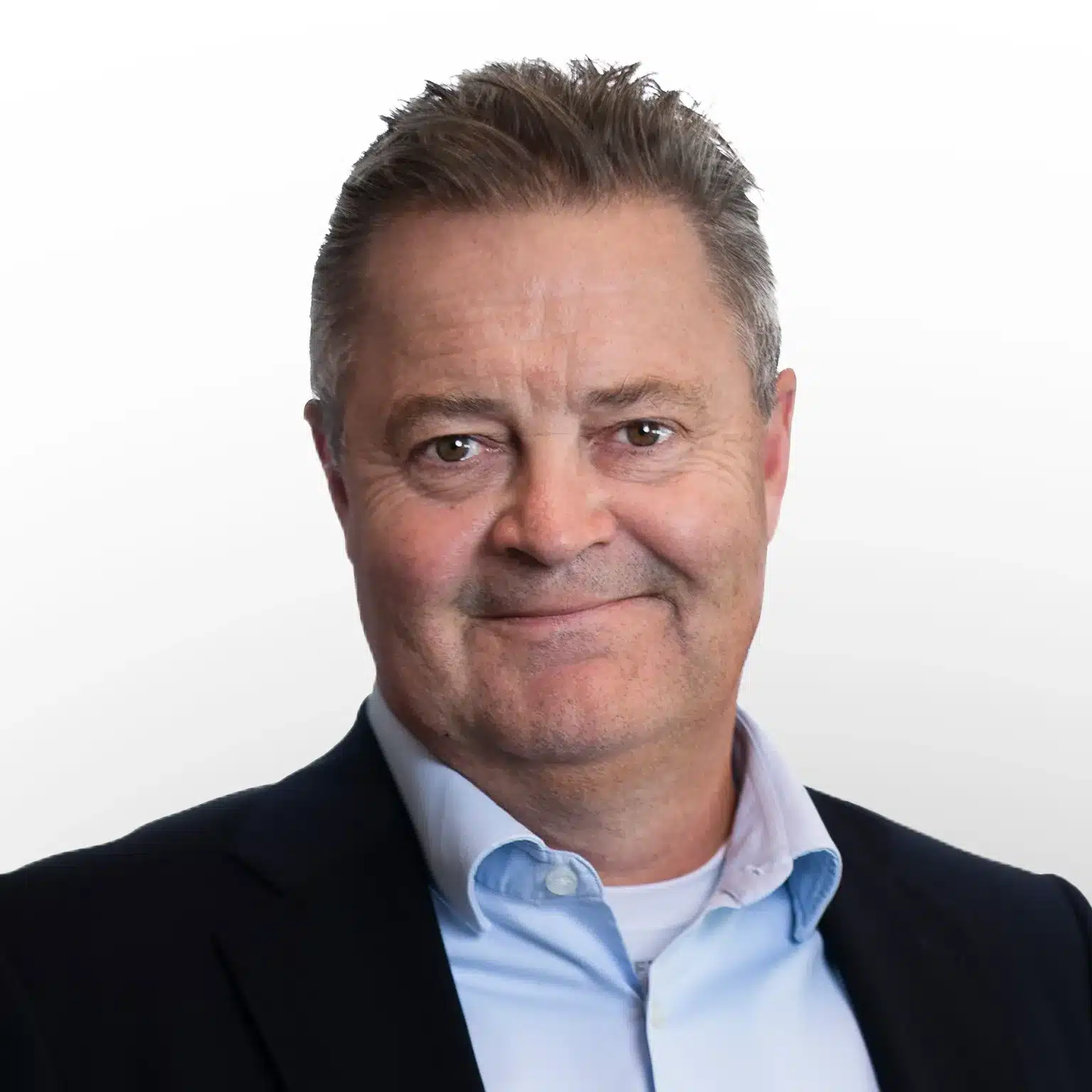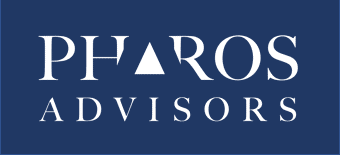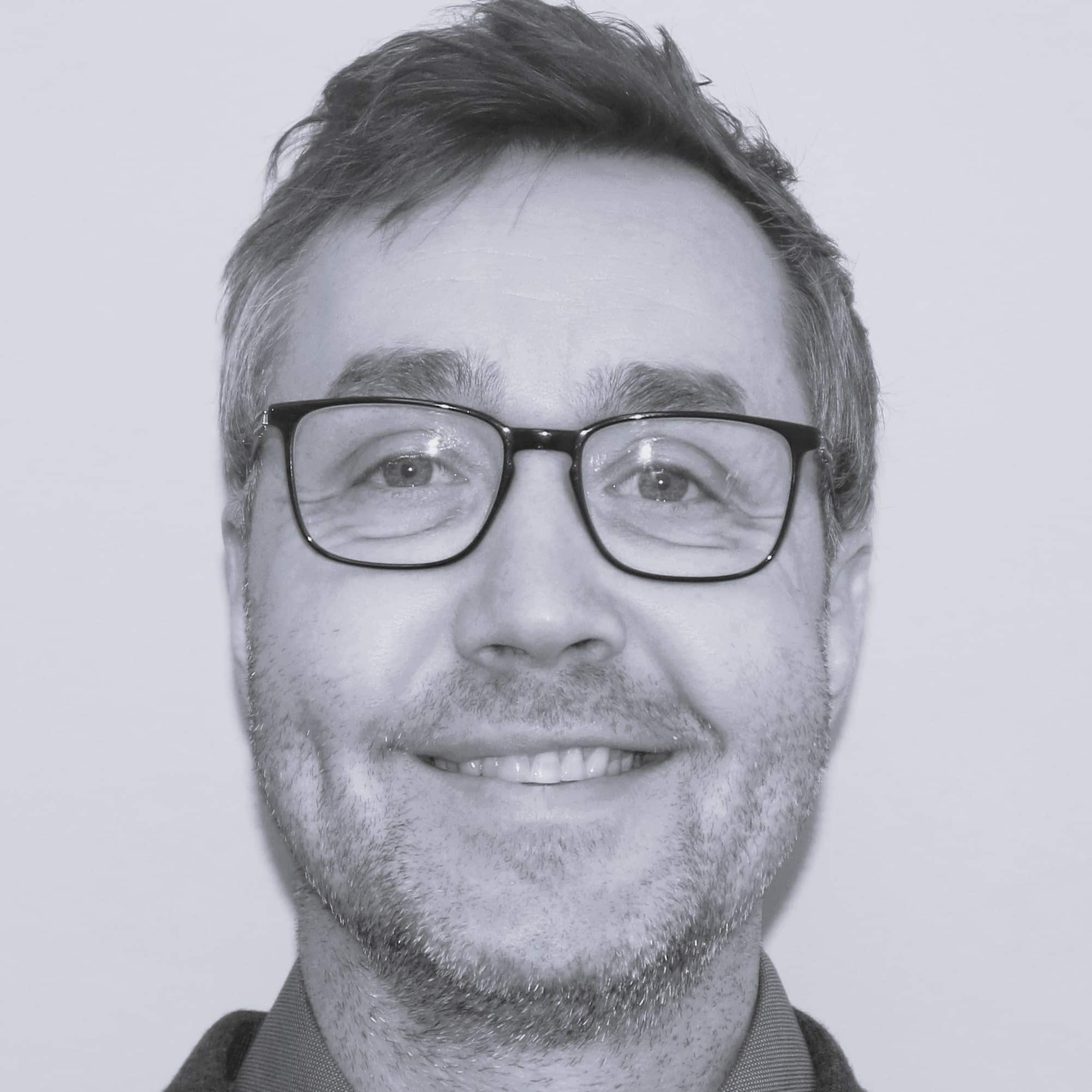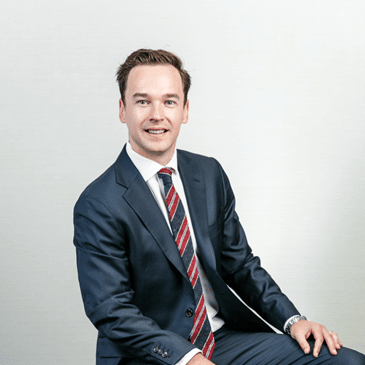This week has seen few new contract awards, signalling the beginning of the summer season. However, there has been a major announcement in the offshore drilling market as Noble and Diamond Offshore have announced merger plans. Meanwhile, ahead of next month's election in the UK, the Labour Party has reaffirmed its plans to increase the windfall tax and remove investment allowances.
In case you missed it, you can access our previous Rig Market Roundup here.
Contracts
ADES has completed the signing of a drilling contract for a jackup with Suez Oil Company (SUCO) in Egypt. Originally announced in May as a 21-month contract, the jackup has now been signed to work with SUCO for two years. When originally awarded in May 2024, the contract was 21 months with an approximate value of SAR 161 million. Now that the contract has been changed to two years, ADES have put the contract value at around SAR 185 million (US$49.3 million). Operations on this contract are expected to begin in the second half of 2024. ADES has not confirmed the rig to which this contract has been awarded, but have said that it is one of the company’s “standard jackups” that had its contract suspended by Saudi Aramco in April 2024. The jackup is understood to be the 250-ft unit Admarine 262, which is currently in the yard in Bahrain.
Mergers & Acquisitions
Noble Corporation and Diamond Offshore Drilling have entered into a definitive merger agreement under which Noble will acquire Diamond in a stock plus cash transaction. As part of the transaction, Diamond shareholders will receive 0.2316 shares of Noble, plus cash consideration of $5.65 per share for each share of Diamond stock, representing an 11.4% premium to closing stock prices on 7 June 2024. Upon closing, Diamond shareholders will own approximately 14.5% of Noble’s outstanding shares. Noble intends to fund the cash portion of the transaction through new debt financing, which it has secured through a $600 million committed bridge financing facility. At closing, the Noble board of directors will be expanded to include one member from the Diamond board. The transaction has been unanimously approved by the board of directors of each company. Subject to the satisfaction of customary closing conditions, including receipt of required regulatory approvals and the approval of Diamond shareholders, it is expected to close by the first quarter of 2025. Giving effect to the acquisition, Noble will own and operate a fleet of 41 rigs including 28 floaters and 13 jackups. Additionally, the backlog for the combined company would be approximately $6.5 billion as of Monday 10 June 2024, with a wide diversity of customers and regions of operation. Noble’s President and Chief Executive Officer, Robert Eifler, said, “Our position will be strengthened with the addition of four 7th generation drillships and one of the most high-spec harsh environment semisubmersible rigs in the world. Additionally, Diamond’s five conventional deepwater and midwater rigs have averaged above 85% utilisation over the last 3 years and currently have strong forward contract coverage.” According to Noble, on a combined basis, Noble’s 14 working (15 total) dual BOP 7th generation drillships will comprise the leading tier one drillship fleet in the industry. Additionally, the Ocean GreatWhite semisub will provide Noble with a high-spec floater capable of operating in harsh environments, while the remaining five semisubmersibles are expected to contribute meaningful contracted cash flow. The combination creates strong commercial opportunities with complementary customer bases around the world and across rig types. Diamond has $2.1 billion of backlog. Noble expects to realise annual pre-tax cost synergies of $100 million, with 75% expected to be realised within one year of closing. Additionally, Noble’s board of directors has approved a 25% increase in its quarterly dividend to $0.50 per share, starting with the dividend which is to be paid in the third quarter of 2024. According to Esgian Rig Values, Diamond Offshore’s fleet is valued, on a charter-free basis, between $1.97 billion and $2.18 billion. Esgian rig values for Diamond’s 7th gen drillship fleet is $371 million on average against estimated implicit values of around $350 million reported by various other sources. For individual rig values, visit Esgian Rig Values.
Noble Corporation is looking at adding 10 floating rigs to its fleet with its newly announced acquisition of Diamond Offshore Drilling Inc. for a total enterprise valuation consideration of $2.1 billion. Calling the regulatory landscape “much more straightforward” than its previous acquisition of Maersk Drilling, executives at Noble expect the merger agreement with Diamond to close in the fourth quarter of 2024 or first quarter of 2025. Read more here.
Drilling Activity and Discoveries
TotalEnergies and its partners Wintershall Dea and Pan American have started drilling at the Fenix field offshore Argentina. The consortium has charted Noble Corporation’s 400-ft jackup Noble Regina Allen, which arrived in the region in early May this year and was undergoing preparations for the job. The drilling programme comprises three development wells and production from the field is expected by Q4 2024. The contract further contains four one-well options, potentially keeping the rig busy in the region until early Q2 2025.
Woodside has achieved first oil from the Sangomar field offshore Senegal, the first offshore oil project in the country. Drilling at Sangomar continues with Diamond Offshore 12,000-ft drillship Ocean BlackRhino, with a 24th well approved for the current drilling campaign. Sangomar Field Development Phase 1 is a deepwater project with a standalone FPSO with a nameplate capacity of 100,000 b/d. The Phase 1 development includes 23 wells, broken down into 11 production wells, 10 water injection wells, and 2 gas injection wells. Of these, 21 wells have been drilled and completed and operator Woodside and its partners have approved the drilling of a 24th well, a production well to be drilled with Ocean BlackRhino in the current campaign. Woodside expects to continue commissioning activities and ramping up production through 2024. Ocean BlackRhino is expected to continue work at Sangomar into August 2024. The rig will remain in West Africa for further work with Apus Energy in Guinea-Bissau and Foxtrot in Cote D’Ivoire.
Eni has started production from the Tecoalli platform, the company’s third platform in its Area 1 development project offshore Mexico. Eni began production from a platform at the Miztón field in July 2019, its first step in the development of Area 1. Area 1 is located in the Bay of Campeche and contains the Amoca, Miztón and Tecoalli fields. Eni’s Area 1 development is to include a total of 31 wells; 23 producer wells and 8 water injection wells. Saipem-managed 350-ft jackup Jindal Pioneer and Valaris-managed 350-ft jackup Valaris 117 have both been used for drilling related to this project over 2024.
Following the beginning of drilling operations on the LLOG-operated Who Dat East well in the U.S. Gulf of Mexico in April 2024, intermediate logging of the exploration/appraisal well confirms high quality, hydrocarbon-bearing sands in upper target sections, with a number of deeper targets still to be drilled. The well was spud in late April, using the 12,000-ft Noble Valiant drillship. In an update on Tuesday, partner Karoon Energy reported that the Who Dat East exploration/appraisal well has reached a depth of 6,614 metres Measured Depth (MD) in the 12-¼” hole section. Intermediate wireline logging was completed prior to setting 9-⅞” casing, and the well will drill ahead in 8-½” hole to a planned final TD of 7,900 metres. The borehole angle through the 12-¼” hole section is approximately 45 degrees. Logging While Drilling’ (LWD) and wireline logging data have indicated that a number of hydrocarbonbearing sandstones have been encountered within the targeted Middle Miocene turbidite sequences. Interpretation of this data indicates a hydrocarbon bearing aggregate total Net Pay thickness of 44 metres MD within the targeted intervals, with 31 metres MD within two discrete reservoir units. Net Pay porosities average 25% and correspondingly good permeabilities of between 300mD to >1,000mD are indicated. A gas condensate hydrocarbon fluid type has been interpreted, as prognosed for this well. Wireline logging data, reservoir fluid samples and other geoscience data will be subject to laboratory analyses and further studies to determine the resource potential of the hydrocarbon zones encountered to date. The forward plan is to complete running 9-⅞” casing before drilling to the planned Total Depth of approximately 7,900 metres MD, to test the remaining targets. Karoon Chief Executive Officer and Managing Director, Dr Julian Fowles, commented: “Preliminary interpretation of the well data from the Who Dat East exploration/appraisal well is positive.” Fowles also added that this early success at Who Dat East supports the belief that there is exploration upside potential that can be unlocked surrounding the Who Dat field.
Empyrean Energy has failed to drill an exploration well in Block 29/11 offshore China within the designated deadline and has now applied to CNOOC for an extension. In May 2022, Empyrean, as the operator with 100% of the exploration rights during the project’s exploration phase, committed to drill the Topaz offshore project by 12 June 2024. As of 12 June 2024, Empyrean has not started drilling the Topaz prospect and thus has not met the requirements to continue its cooperation with the China National Offshore Oil Company (CNOOC) on Block 29/11. During 2023, Empyrean engaged LAB Energy Advisors (London) to explore risk-sharing alternatives and farm-out opportunities for the Topaz prospect. “Despite strong interest in the technical merit of the Topaz prospect, no farm-out deal has been reached as of today’s date,” the company said Thursday. Empyrean has submitted a request to CNOOC for an extension on Block 29/11. The company stated it would make a further announcement if the extension is granted. The previous arrangement stipulated that, in the event of a commercial discovery, CNOOC would have had the right to acquire 51% of the permit. Empyrean has described Topaz as a “world-class” conventional oil target, to which Gaffney Cline & Associates (GCA) assigned a Geological Chance of Success (GCoS) of 30%. The Topaz prospect has a GCA audited mean in place potential of 506 MMbbl and a P10 in place upside of 891 MMbbl. The water depth in the licence area ranges from 340 to 600 metres (1,115 to 1,968 feet).
The Toppand East (Øst) well in the North Sea off Norway – drilled by Wellesley, Equinor, and Petoro – has proved to be dry. The 35/11-29 S well is located in production licence 248 C, where Equinor is the operator. Wellesley Petroleum was the operator of this well. It was spud on 9 May 2024 using the 2,460-ft semisub COSLPromoter. The water depth in the area is 355 meters. The licence PL 248 C was carved out of production licence 248 in 2013. The area also covers the Swisher discovery (35/11-24S A and B). The development of Swisher is being viewed in context with Equinor’s Ringvei vest project, which is examining the possibility of linking a number of discoveries made in the area in recent years. The objective of the well was to prove petroleum in Middle Jurassic reservoir rocks in the Brent Group and the Oseberg Formation. The well encountered the Ness Formation with a total thickness of around 64 metres with an 18-metre sandstone reservoir with poor reservoir quality, the Etive Formation with a total thickness of around 51 metres with a 26-metre sandstone reservoir with good reservoir quality, as well as the Oseberg Formation with a total thickness of around 50 metres with a 50-metre sandstone reservoir with moderate reservoir quality. The well is dry and it has been permanently plugged and abandoned. The COSLPromoter has already moved on to the next well, the Gnomoria appraisal.
Malaysia’s Petronas Carigali is set to begin drilling an appraisal well in Block SK306, utilising Velesto’s 375-ft jackup Naga 6. The company will move the rig from the Kalung Emas-2 well in Block SK315 well to the Manjakani-1 well in Block SK306, for the appraisal drilling activity starting on 18 June 2024 for approximately 46 to 52 days. Block SK306 is located in the shallow waters of Balingian Province, about 150 kilometres from Bintulu, off the coast of Sarawak, Malaysia. The tow of the Naga 6 will be supported by the vessels Perdana Marathon, JM Setia, and ASL Synergy. The jackup has a firm contract with Petronas until early February 2026.
Demand
The Australian offshore energy regulator, NOPSEMA, has accepted EOG Resources’ environment plan for the drilling of the Beehive-1 exploration well in the Joseph Bonaparte Gulf, Western Australia. According to the plan, reissued for NOPSEMA’s assessment on 17 May 2024, and approved on 10 June, EOG Resources proposes to drill the Beehive-1 exploration well within Commonwealth marine waters, approximately 80 kilometres off the Western Australian coastline. EOG plans to undertake the activity using a yet-to-be-contracted jackup drilling rig within the Commonwealth petroleum exploration permit area WA-488-P. The start of drilling is subject to the availability of the jackup rig, but the project is expected to be completed no later than 31 December 2025. Drilling activities are estimated to take approximately 55 days, but could extend to around 100 days if respudding or problem mitigation is required, or if a Drill Stem Test (DST) is performed. The water depth at the site is 131 ft. Currently, there is only one jackup rig in Australia, the 400-ft Valaris 107, which is under contract with Santos. Upon completion of its work for Santos, the rig will transition to a contract with ExxonMobil, also in Australia. The ExxonMobil contract is firm until approximately October 2025, with two extension options potentially extending the rig’s utilisation into early Q3 of 2026. It’s worth noting that another jackup rig, the 400-ft Valaris 247, is en route to Australia where it will start its contract with INPEX, followed by a contract with Eni. The rig is expected to arrive in Australia in late June/early July and has firm contracts until late November/early December 2024.
Ahead of next month’s general election in the UK, the Labour Party has released its election manifesto, reaffirming its plans to raise taxes on oil and gas producers and remove investment allowances. The party also plans to halt new exploration licences. As part of its finalisation of policies ahead of general elections, the Labour Party in February 2024 proposed to extend the Energy Profits Levy (EPL), also known as the windfall tax, and raise the current 75% tax to 78%. In the manifesto launched on Thursday 13 June, the Labour Party said it would ensure a “phased and responsible” transition in the North Sea, recognising the ongoing role of oil and gas in the energy mix. Labour will not revoke existing licences, and will partner with business and workers to manage the existing fields for the entirety of their lifespan. “Crucially, oil and gas production in the North Sea will be with us for decades to come, and the North Sea will be managed in a way that does not jeopardise jobs. And our offshore workers will lead the world in the industries of the future,” the party said in the manifesto. However, Labour will not issue new licences to explore new fields “because they will not take a penny off bills, cannot make us energy secure, and will only accelerate the worsening climate crisis.” In addition, Labour will not grant new coal licences and will ban fracking for good. To support investment in this plan, Labour will close the loopholes in the windfall tax on oil and gas companies. The party’s manifesto said: “Companies have benefitted from enormous profits not because of their ingenuity or investment, but because of an energy shock which raised prices for British families. Labour will therefore extend the sunset clause in the Energy Profits Levy until the end of the next parliament. We will also increase the rate of the levy by three percentage points, as well as removing the unjustifiably generous investment allowances. Labour will also retain the Energy Security Investment Mechanism.” Offshore Energies UK, a trade body for the sector, shared concerns over the party’s proposal to end new oil and gas licences in UK waters. David Whitehouse, OEUK CEO, commented: “We are explaining to all parties that we need the churn of new licences for a successful homegrown energy transition, to safeguard jobs and our energy security and create the investment conditions firms need to stay here in the UK. “We also need a globally competitive tax framework based on fair returns; windfall taxes undermine this. Labour has big ambitions and we need an investment environment to match.” The introduction of the EPL in the UK in 2022 and its subsequent changes have eroded investor confidence in the North Sea, leading to a curtailment of spending plans and affecting demand in the country. Currently, several operators are awaiting election results and clarity on future fiscal policy, which will determine the path forward for projects in development.
Mobilisation/Rig Moves
Dolphin Drilling’s 1,500-ft semisub Borgland Dolphin has arrived in Las Palmas, Canary Islands, where it will undergo reactivation and special periodic survey (SPS) ahead of a new contract in the UK North Sea scheduled for 2025. The rig started its journey to Las Palmas on 21 May 2024. Dolphin previously estimated it would cost around $1.5 million to get the rig from Norway to Las Palmas. The total SPS budget is expected to be $20 million. Dolphin chose the same yard for the execution of the rig’s SPS as it did for the 6,000-ft semisub Blackford Dolphin. The Borgland Dolphin arrived at its destination after about 17 days. While in Las Palmas, it will undergo reactivation, upgrades, and renewal of class certificates in preparation for a new contract with EnQuest, which was fixed in November 2023 and is scheduled to begin in March/April 2025. In its latest quarterly report in late May, Dolphin stated it was confident the rig would be able to complete the preparations and start the contract with EnQuest within the agreed window. EnQuest also has an option to extend for a significant additional work scope as part of a five-year strategic alliance with Dolphin. Late last year, the rig also secured a Letter of Intent with an undisclosed operator for a 500-day drilling campaign in the UK, planned to begin directly after the firm part of the contract period with EnQuest.
COSL-owned jackup COSLSeeker has reached Ras Al Khair anchorage in Saudi Arabia. On 3 April 2024, China Oilfield Services Limited (COSL) announced the suspension of four of its jackups for a period of up to 12 months. COSLSeeker was towed last Sunday 9 June to Ras Al Khair anchorage in Saudi Arabia. Currently, COSL has five rigs working for Saudi Aramco.
The Northern Offshore-owned 375-ft jackup Energy Emerger will recommence operations with Oman Oil Company (OQ) in June 2024. Energy Emerger completed its previous campaign with Masirah Oil in the Yumna field in Block 50 in Oman in early June 2024. The rig is being towed by support vessels Bourbon Nilgan, Bourbon Liberty 318, and Allianz Warlock to Block 8 in Musandam to continue operations with OQ. Operations are expected to last into Q1 2025.
The 2011-built 300-ft jackup Sahar 1 has been moved to Bandar Abbas port in Iran to undergo structural reconstruction and major equipment repairs. Market sources indicate that Sahar 1 will return to operations after completing the reconstruction and major repairs; such activities should be carried out within 60 days.
Ocean Oilfield-owned 150-ft jackup B152 is underway to Dubai Drydocks in the UAE. The rig is being towed by support vessels Ofco Eagle 1 and Ofco Eagle 2. It is expected to stay in Dubai Drydocks until the end of June 2024 to finalise its special periodic survey (SPS) before returning to continue its contract with ADNOC. ADNOC exercised a one-year option for the rig in March 2024. With this extension, the unit will remain busy until Q3 2025.
Rig Sales
Dolphin Drilling has sold its 5,500-ft semisubmersible drilling rig Dolphin Leader for recycling, which is in line with its ongoing efforts to optimise its fleet and enhance operational efficiency. In an update on Wednesday 12 June, Dolphin Drilling stated it would collect a net $5.8 million for the rig and that the unit would be recycled in a responsible manner in accordance with applicable international standards. The rig had been cold stacked since 2020 and was previously considered for reactivation. The sale reduces the North Sea semisub rig count to 26 units. There are two more cold stacked semisubs in the region, excluding Russia/North, Seadrill’s 10,000-ft West Aquarius (Norway) and Diamond Offshore’s 6,000-ft Ocean Valiant (UK). The announcement follows the confirmation of the decision to sell the semisub by the Dolphin board in late May 2024. During the company’s Q1 2024 webcast, Dolphin executives stated that the decision was a reaction to delays in decisions to sanctions campaigns in the UK due to the current political environment, expecting to reach a full agreement on this process in the near future. Proceeds were anticipated to be equivalent to the $6 million purchase price originally made for the steel when Dolphin bought the rig from Transocean in a package deal with Paul B. Loyd, Jr. Esgian Rig Values previously estimated the scrap value of the Dolphin Leader to be in the $5-8 million range. Dolphin has also recently sold its 1,500-ft semisub Bideford Dolphin for recycling to a yard in a Türkiye, collecting proceeds of $4.1 million for the transaction in Q1 2024.
Other News
The New Zealand Government plans to reverse the oil and gas exploration ban imposed by the previous administration in 2018 to address energy security challenges from ‘rapidly’ declining natural gas reserves. Minister for Resources Shane Jones said: “Natural gas is critical to keeping our lights on and our economy running, especially during peak electricity demand and when generation dips because of more intermittent sources like wind, solar and hydro. “When the exploration ban was introduced by the previous government in 2018, it not only halted the exploration needed to identify new sources, but it also shrank investment in further development of our known gas fields which sustain our current levels of use. “Without this investment, we are now in a situation where our annual natural gas production is expected to peak this year and undergo a sustained decline, meaning we have a security of supply issue barrelling towards us.” Removing the ban on oil and gas exploration beyond onshore Taranaki and reinstating offshore exploration is part of a suite of proposed amendments to the Crown Minerals Act. To attract international investment, the government proposes additional amendments to the Crown Minerals Act, including more flexible and efficient regulatory processes and updated decommissioning requirements. As part of the Crown Minerals Amendment Bill, among others, the government proposes changes to how petroleum exploration permits are allocated. Currently, permits are allocated through a competitive tender process. The bill proposes allowing for a choice between a tender and a non-tender (called priority in time) method. The Crown Minerals Amendment Bill will be introduced to Parliament in the second half of 2024. There are currently no offshore drilling rigs in New Zealand. The most recent offshore well drilled in the country was the Kupe South-9 development well in late 2023 using the 400-ft jackup Valaris 107. Brought online in the first quarter of 2024, the well’s production levels fell short of expectations.
Following offered awards for two blocks/part blocks in Tranche 2 of the UK’s 33rd Offshore Licencing Round to Hibiscus Petroleum’s indirect wholly-owned subsidiary, Anasuria Hibiscus UK Limited (AHUK), the licence agreement has now been executed. The UK North Sea Transition Authority (NSTA) on 9 June 2024 advised that the P2635 Licence Agreement with AHUK for block 15/13c and block 15/18c has been fully executed. The effective date of the agreement is 4 June 2024. Block 15/13c and block 15/18c are part of the Quad 15 area, which contains the Cross prospect and hydrocarbon lead northwest of the Marigold field. This prospects and lead, which are located close to the Marigold and Sunflower oil fields, if matured, are potential tieback candidates to the Marigold and Sunflower development. AHUK plans to continue to work together with its partners and the NSTA to maximise the recovery of these resources in the Quad 15 area.
Offshore drilling contractor Vantage Drilling is currently exploring a possible listing of its shares on Euronext Growth Oslo, a multilateral trading facility operated by Euronext. Vantage believes that the listing may facilitate increased liquidity in the company’s shares and provide improved capital markets access. The company is not currently contemplating a concurrent equity offering. The company will provide further updates if a formal application for admission to trading has been made. Vantage was delisted from the New York Stock Exchange (NYSE) in 2016, after which it started trading on the OTC Pink Market under the symbol “VTGDF”. Since February 2020, the company’s ordinary shares have been quoted on the OTC Pink Open Market under the symbol “VTDRF”. Meanwhile, another drilling contractor is delisting from the Oslo Stock Exchange (Oslo Børs), two years after making a comeback to the exchange.
Deltic Energy has failed to secure a funding solution for the Shell-operated Licence P2252 and the Pensacola appraisal well in the UK North Sea and is withdrawing from the licence. Meanwhile, the Selene exploration well remains on track for July. As a reminder, after struggling to secure a partner or an alternative funding solution for its share of costs for the upcoming appraisal well by the end of May 2024, Deltic was granted additional time, until 12 June, to secure the solution. Deltic stated it rigorously examined a wide variety of funding solutions which included potential industry partners, including the existing JV partners, via traditional farm-out or asset sale, the equity capital markets, strategic investors, debt providers and commodity trading houses which can pre-pay for future gas deliveries. However, despite an exhaustive process, deteriorating sentiment towards the oil and gas industry as a result of ongoing fiscal volatility and negative political rhetoric in the run-up to the July election have resulted in Deltic being unable to secure a farm-out or an alternative funding solution, which would allow the company to commit to its future commitments with respect to the Pensacola appraisal well. Therefore, Deltic is withdrawing from the licence prior to further liabilities being crystallised following the operator’s issuance of the Authorisation for Expenditure (AFE) for the well cost, expected on Wednesday 12 June. Accordingly, Deltic has formally notified the JV partners of its intention to withdraw and begin the process of transferring its equity to the remaining partners. Regardless of Deltic’s intention to withdraw from the licence, it is expected that it may be required to honour certain expenditure in relation to the appraisal well, which was approved by the JV prior to the withdrawal notice being issued. The value of the committed expenditure, which may potentially be material to the company, will be established with the operator following the formal withdrawal process, and it is expected that these costs may not become fully payable until H1 2025. Meanwhile, progress continues to be made on the Selene exploration well in licence P2437, which remains on track to start drilling operations with the 400-ft jackup Valaris 123 in the first half of July 2024. Operations are expected to last about 90 days. Following a farm-out to Dana Petroleum earlier this year, Deltic retains a 25% working interest in the licence and has no cost exposure to the imminent well up to a gross success case well cost of $49M. The farm-out of Selene demonstrates that significant appetite remains for certain types of exploration assets within the SNS, Deltic stated. In contrast to Pensacola, the 318 BCF (Gross P50 Prospective Resources) Selene prospect is a simple Leman Sandstone structure in an established, well understood play and located close to existing production infrastructure. In a successful outcome, it is considered unlikely that Selene will require further appraisal prior to field development planning starting and could therefore be brought into production relatively quickly following discovery given the proximity of existing infrastructure.
While Deltic Energy has failed to secure a farm-in partner for the Shell-operated Licence P2252, which contains the Pensacola discovery, the company is in the process of bringing the farm-out related to its 100% working interest in the Syros prospect to a close. The Syros prospect is located in the UK licence P2542. The prospect is a modestly sized, low-risk exploration target located in the Central North Sea, which is in close proximity to established production infrastructure on the Montrose-Arbroath high. Deltic has completed the Phase A work programme on the licence and this work has significantly de-risked the Syros prospect and the operator considers it to be ‘drill ready’. Deltic has been working to farm out the Syros licence with a view to securing the farm-out before the end of this year, when a well commitment is required to progress to the next phase of the licence. In an update on Tuesday, Deltic said that, while discussions to farm out Syros are ongoing, there is no guarantee that these will be concluded successfully or result in a transaction. Meanwhile, as previously announced, Deltic was provisionally offered two licences in Tranche 3 of the 33rd Licensing Round. In light of interest in and success of the Selene farm-out process with Dana Petroleum, the company has decided to focus its efforts on the licence award which contains the Pharos-Blackadder discovery. The Pharos-Blackadder discovery, located adjacent to production infrastructure associated with the West Sole field, is highly analogous to Selene and is considered by Deltic to be a better option with respect to attracting a partner and supporting future drilling activity in the current fiscal and political environment. Deltic’s approach to acceptance of awards is part of a conscious transition away from large scale, greenfield exploration projects like Pensacola and towards those infrastructure-led opportunities which are lower risk and have an accelerated cycle time from identification to first gas.
Thailand’s PTTEP has agreed to acquire a 10% interest in the Ghasha concession in the UAE from Germany’s Wintershall DEA. The Ghasha Concession is located off the coast of Abu Dhabi, and, according to PTTEP, is set to produce more than 1,500 million standard cubic feet per day (MMSCFD) of gas before the end of the decade. Moreover, PTTEP stressed that the project would capture 1.5 million metric tons per annum (MMtpa) of carbon dioxide as it aims to operate with net zero emissions. The Ghasha Concession Area is located in the vicinity of Offshore Blocks 1, 2, and 3 where PTTEP holds a participating interest, as well. Financial details of the transaction were not disclosed. All the conditions required for closing, including regulatory approvals, have been fulfilled and Wintershall DEA’s Ghasha stake will now be sold to PTTEP. As a result of the transaction, Wintershall DEA plans to close its office in Abu Dhabi and all operations in the country.
The government of Zanzibar, a semi-autonomous region of Tanzania, has extended the deadline for bid submissions for the Zanzibar 1st Licensing Round by three months to 16 December 2024. The Zanzibar 1st Licensing Round was launched in March 2024 and is offering eight offshore oil and gas blocks. Following the newly extended deadline, bids will be evaluated and bid round awards are to be announced on 16 February 2025. The eight blocks on offer are in the Pemba-Zanzibar sub-basin along the east African coast. Water depths range from 500 to 3,000 m (1,649 to 9,843 ft).
Beach Energy has pulled the plug on the previously planned development of its Trefoil, Bass, White Ibis, and Yolla West discoveries in the Bass Basin, offshore Australia. The company expects to recognise a non-cash impairment charge of between $365-400 million, driven by this decision and disappointing output from the Kupe well in New Zealand’s Taranaki Basin. Beach said that, upon strategic review, it has been determined that development of the Bass Basin discoveries (Trefoil, Bass, White Ibis, and Yolla West) would not utilise any optional slots as part of the upcoming Offshore Gas Victoria drilling programme as they do not meet minimum investment requirements. “As a result, development planning on these opportunities has ceased. Alternate usage for Beach’s Bass Basin infrastructure will be investigated in parallel with restoration planning,” Beach said. As a result of the decision not to invest in a Bass Basin development, Beach expects to recognise a non-cash impairment charge to the carrying value of Beach’s Bass Basin assets of approximately $250-275 million before tax. In New Zealand’s Taranaki basin, Beach drilled the Kupe South 9 development in late 2023, to target gas in an eastern area of the Kupe field. The well, brought online in early 2024, delivered at low gas flow rates after connection to the Kupe Gas Plant. Well intervention activities did not improve the gas flow rate. The results confirmed that production from the existing wells has drained gas from this eastern area, leading to a reduction in expected recovery, Beach said. Beach will include a reserves revision in its 30 June 2024 Reserves and Resources Statement, to be released with Beach’s FY24 full year results on 12 August 2024). The reserves revision is expected to result in a non-cash impairment charge to the carrying value of Beach’s Taranaki Basin assets of approximately $115-125 million before tax.
PETRA Energy has been awarded a 10-year Production Sharing Contract (PSC) for the Banang Late Life Asset. The PSC grants PETRA Energy 100% operatorship and the rights to develop and produce petroleum resources from the Banang field, located 70 km from Kuala Terengganu, offshore Peninsular Malaysia. Petronas, through Malaysia Petroleum Management, the custodian of the nation’s hydrocarbon resources, awarded the PSC to PETRA Energy. PETRA Energy is not new to the Banang oilfield. The company began its involvement in 2012 under a Risk Sharing Contract arrangement as a partner with Coastal Energy for the Kapal Banang Meranti cluster. This arrangement transitioned to a Technical Services Agreement in June 2020, with PETRA Energy operating the Banang oilfield on behalf of Petronas. The newly granted PSC is effective from 1 June 2024.
Orcadian Energy has entered into a secured long-term loan agreement with an unnamed industry partner for a loan of up to £1,150,000 for a period of two years. As announced on 22 May 2024, the loan is intended to be settled from the completion payment due under a proposed farm-in or joint venture arrangement on Orcadian’s recently offered Southern North Sea (SNS) licence, which contains the Earlham discovery. The unnamed partner will acquire an interest in all, or part of, the licence and Orcadian will remain the operator until the assessment phase for the Earlham project is complete at which point the partner is expected to become the operator to prepare the Field Development Plan (FDP) and to deliver the project. Interest will accrue from the drawdown date to the date the loan is repaid in full. The interest rate will be determined at drawdown and is expected to be between 6% and 9%. It is expected that drawdown will occur before 30 June 2024. The purpose of the loan is to enable Orcadian to repay the outstanding loan to Shell International Trading and Shipping Company Limited (STASCO). STASCO has agreed on an extension to its facility agreement with Orcadian so that the repayment date on that loan will now be 30 June 2024. Upon repayment of the STASCO loan, Orcadian will provide the partner with a security over its 18.75% interest in the Pilot field operated by Ping Petroleum.
Dolphin Drilling has informed that the arrest order related to its 6,000-ft semisub Blackford Dolphin in Nigeria has been lifted. As a reminder, Dolphin is in dispute with GHL in Nigeria following the termination of the contract for the Blackford Dolphin in April 2024 for which both parties have asked for arbitration. A mutually acceptable sole arbitrator was appointed on 15 May 2024. On 21 May, business conglomerate Technova Africa International Limited obtained an ex parte order of arrestment against the Blackford Dolphin. Referring to the subject of court proceedings by Technova, Dolphin confirmed on Friday that the arrest order previously obtained by Technova has been lifted, adding that the claims made by Technova continue to be contested. The rig is still in Nigerian waters. Its new contract in India is scheduled for startup in Q3/Q4 2024.
TotalEnergies has agreed to sell its Brunei subsidiary, TotalEnergies EP (Brunei) B.V, to Hibiscus Petroleum for $259 million. TotalEnergies EP (Brunei) B.V. owns and operates a 37.5% interest in Block B, alongside Shell Deepwater Borneo (35%) and Brunei Energy Exploration (27.5%). Block B is located 85 kilometres off the coast of Brunei and contains the Maharaja Lela/Jamalulam (MLJ) field, which started producing in 1999 and represented a net production for TotalEnergies of approximately 9,000 barrels of oil equivalent per day in 2023. The field produces gas and condensate. According to Hibiscus, the asset has long-term production rights of up to 15 years, expiring on 23 November 2039, if extended with the agreement of the joint venture parties. Hibiscus stated that the acquisition would add up to 21.7 million barrels of oil equivalent (MMboe) to its 2P reserves, an increase of 36% from 60.9 MMboe to 82.6 MMboe, and increase the gas production share of the group’s portfolio to nearly 50%. The transaction is expected to close in the fourth quarter of 2024, subject to the approval of Hibiscus Petroleum shareholders.
Image credit: Noble
